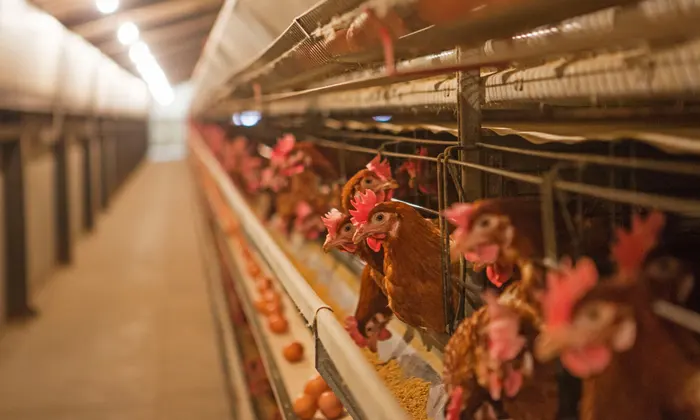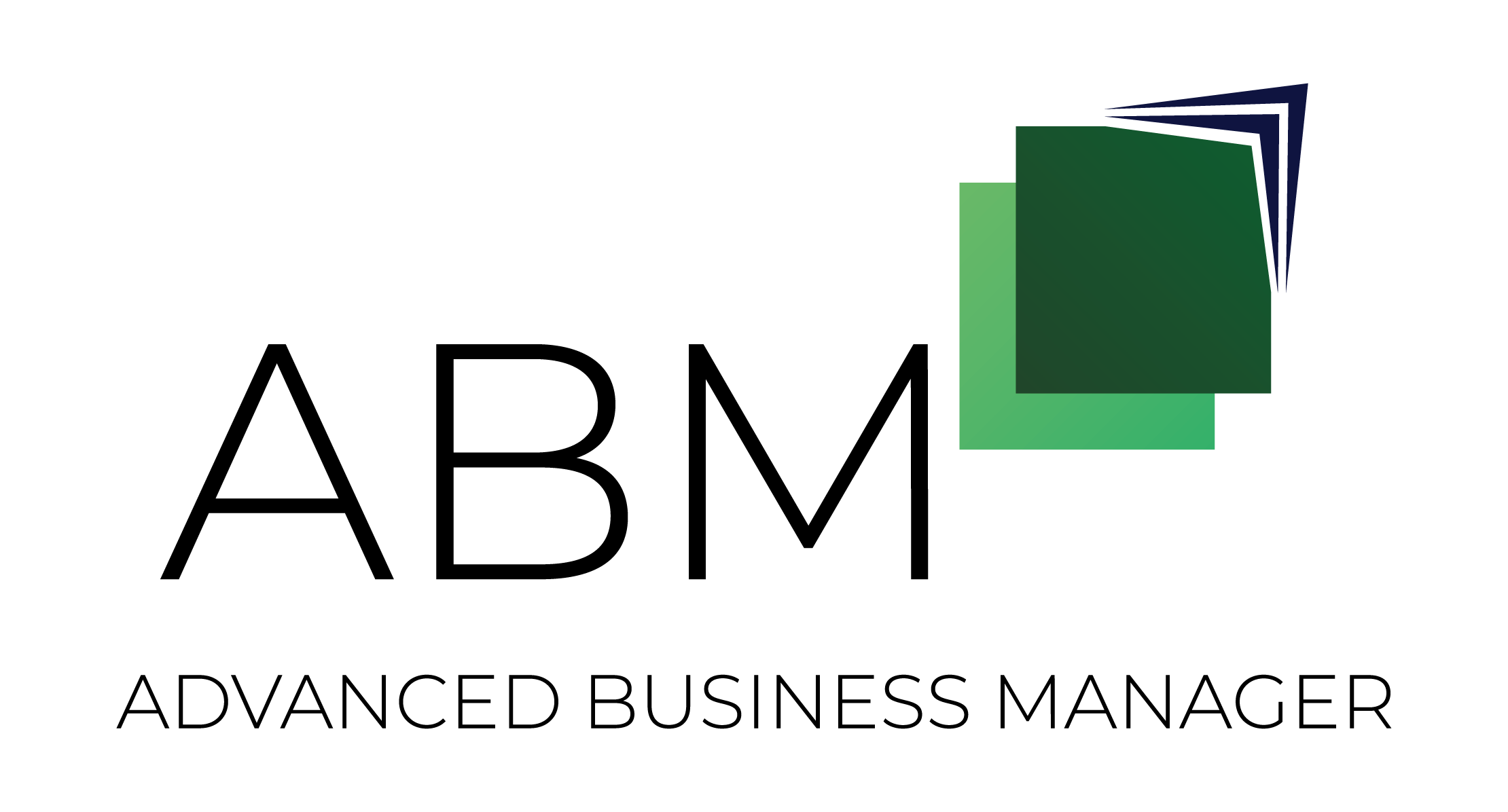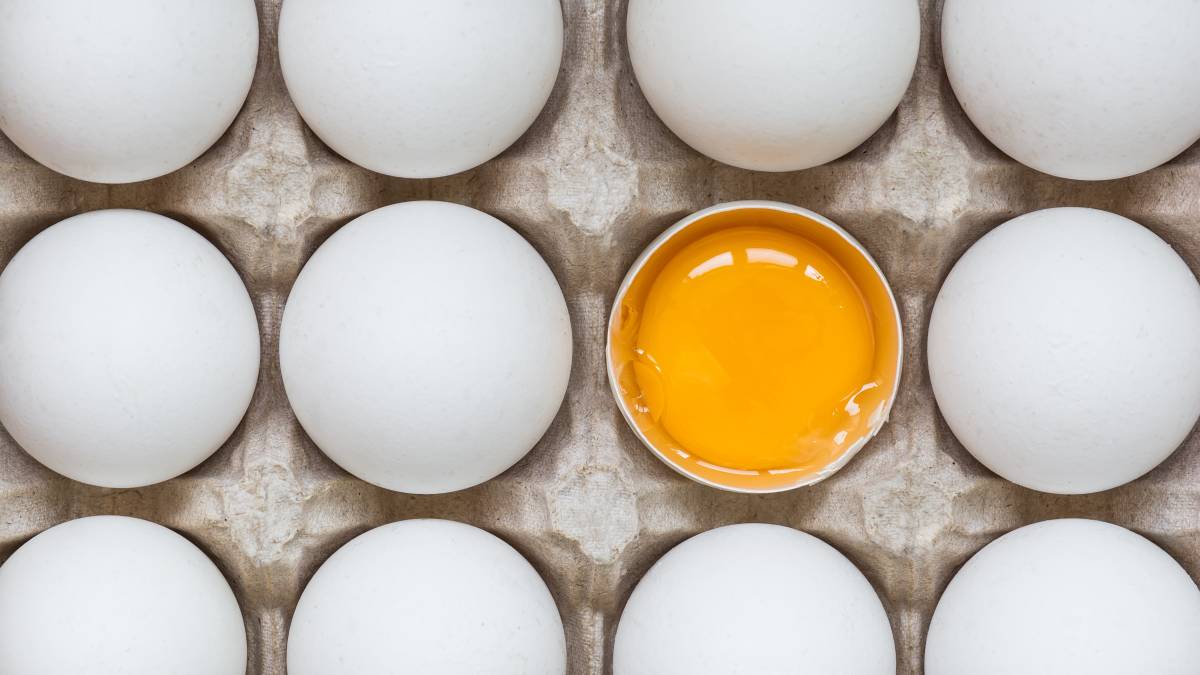Egg and dairy production Standards are changing in Australia. In the 2021-2022 financial year, Australian hens laid over 6.3 billion eggs worth more than $1.1 billion in supermarket sales. Chicken meat production has an annual value of 2.85 billion. It is fair to say, Australians consume more chicken meat per capita than any other kind of meat.
It comes as no surprise then, that such a large industry attracts the attention of animal welfare organisations and governmental ministry. An independent panel has finalised the development of new Australian Animal Welfare Standards and Guidelines for Poultry, which would see the phasing out of battery cages over the next 10-15 years on poultry farms.
Minister for Agriculture, Fisheries, and Forestry, Murray Watt said the proposed standards were a balance between contemporary animal welfare science and extensive feedback and engagement with the farming community that was part of the independent review.
“These standards cover a range of welfare requirements for poultry, including chickens, ducks, pigeons and emus,” Minister Watt said.
This proposal seeks to phase out the conventional chicken cages, known as battery cages, over the next decade and a half. This is due to wider spaces and conditions showing less illness amongst broods, and better health management of the poultry. It has been long established and well proven that animal husbandry that puts welfare in the forefront to minimise risks to the farmed animal yields better results long term than not at all.

Other proposed changes include the provision of water to all ducks, environmental stimulation for breeding chickens, and improvements to the minimum light intensity and required periods of darkness, ventilation, and temperature parameters for all poultry species.
“States and Territory governments must now look at the standards with all agriculture ministers to consider next steps by early 2023. It is my hope that all states and territories will work together to ensure nationally consistent regulations for poultry. This will provide certainty for industry, allow producers to plan for the future and assure the public that Australia’s poultry standards balance contemporary science and community expectations.” Said Minister Watt.
Minister Watt said there was strong interest in the standards following 167,000 public submissions during the consultation period.
“The poultry standards are part of a suite of animal welfare standards and guidelines that aim to harmonise animal welfare legislation and provide clarity and consistency for industry and consumers,” he said.
“The new standards will also assure Australia’s trading partners that we have strong standards of animal welfare.”
The standards themselves can be found here.
Standards in industry are constantly shifting, and your company deserves a software package that is accountable to your needs and shows versatility of use, daily. Try ABM today.









